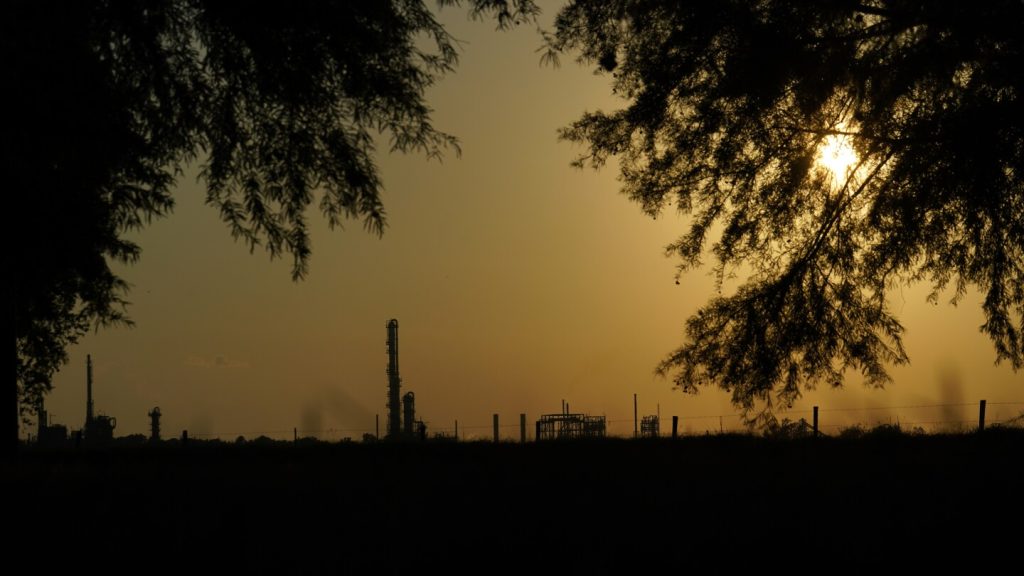The Environmental Protection Agency issued a new rule requiring more than 200 chemical plants across the United States to reduce toxic emissions that are likely to cause cancer. This rule is in line with President Joe Biden’s commitment to environmental justice and aims to protect communities burdened by industrial pollution from harmful chemicals like ethylene oxide and chloroprene. The rule will significantly reduce emissions at the Denka Performance Elastomer facility in Louisiana, the largest source of chloroprene emissions in the country.
The new rule, combined with a previous one targeting ethylene oxide emissions, will reduce emissions of both ethylene oxide and chloroprene by nearly 80%. The rule applies to 218 facilities in various states, with over half located in Texas or Louisiana. It updates regulations on chemical plant emissions that have not been revised in almost two decades. Democratic Rep. Troy Carter, whose district includes the Denka plant, referred to the rule as a monumental step to safeguard public health and the environment.
The American Chemistry Council, representing chemical manufacturers, criticized the EPA’s method for determining the toxicity of ethylene oxide and expressed concerns about the ongoing regulations from the administration. The new rule is expected to reduce over 6,200 tons of toxic air pollutants annually and implement fenceline monitoring to address health risks in surrounding communities and promote environmental justice. The Justice Department previously sued Denka for releasing unsafe levels of chloroprene near homes and schools, leading to the highest cancer risk in the U.S.
The Denka plant in Louisiana, which has been at the center of pollution protests in majority-Black communities, opposes the EPA’s latest action and claims it complies with air permitting requirements. The EPA agreed to open a civil rights investigation into the plant last year, but dropped it without releasing official findings. EPA Administrator Michael Regan emphasized that the new rule aims to protect all communities threatened by hazardous air pollutants and address longstanding environmental injustices faced by Black, brown, and low-income communities.
Environmental advocates, including the environmental law firm Earthjustice and local advocacy groups like Concerned Citizens of St. John, have welcomed the new rule as a victory for environmental justice. Implementation of fenceline monitoring for toxic air pollutants like ethylene oxide and chloroprene will ensure transparency and accountability in the industry. The rule marks the second time the EPA has mandated fenceline monitoring in air toxics standards under the Clean Air Act, providing hope to communities that have long suffered from disease due to underregulated emissions. The rule is seen as a step towards renewing hope and building trust in government’s ability to protect communities from harmful industrial pollution.


